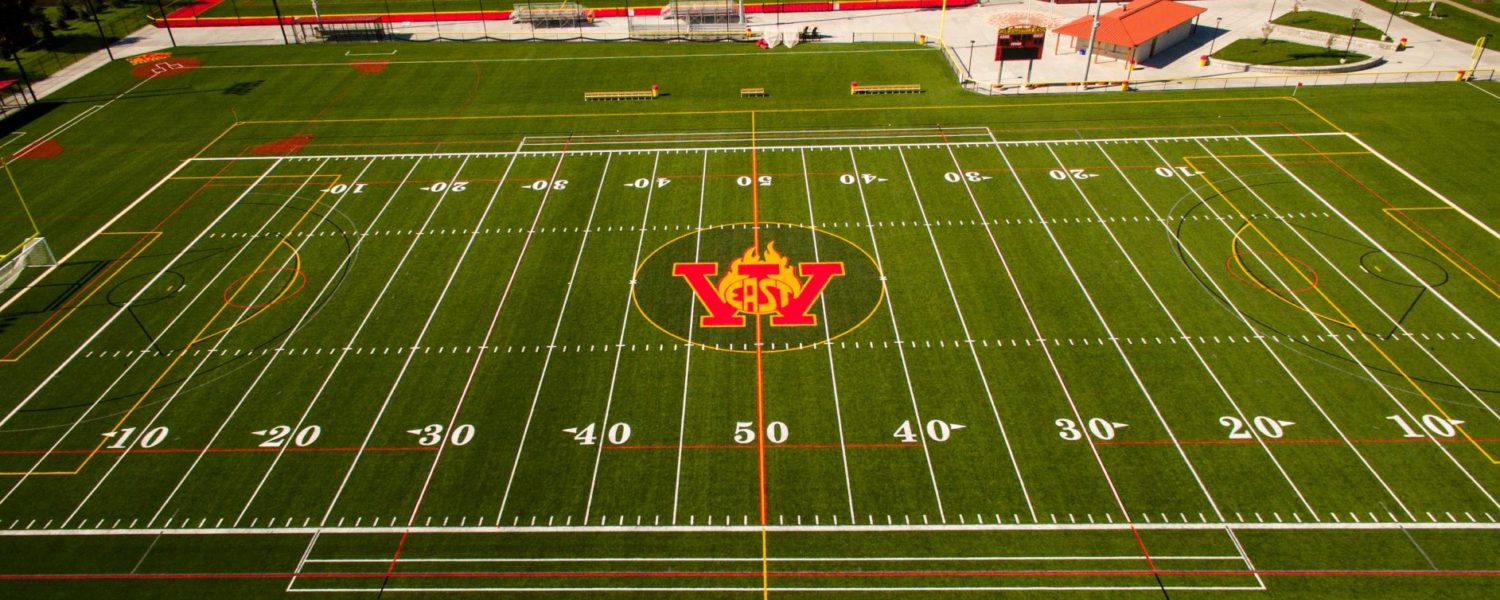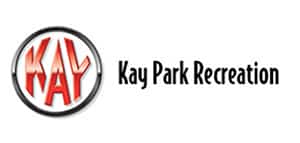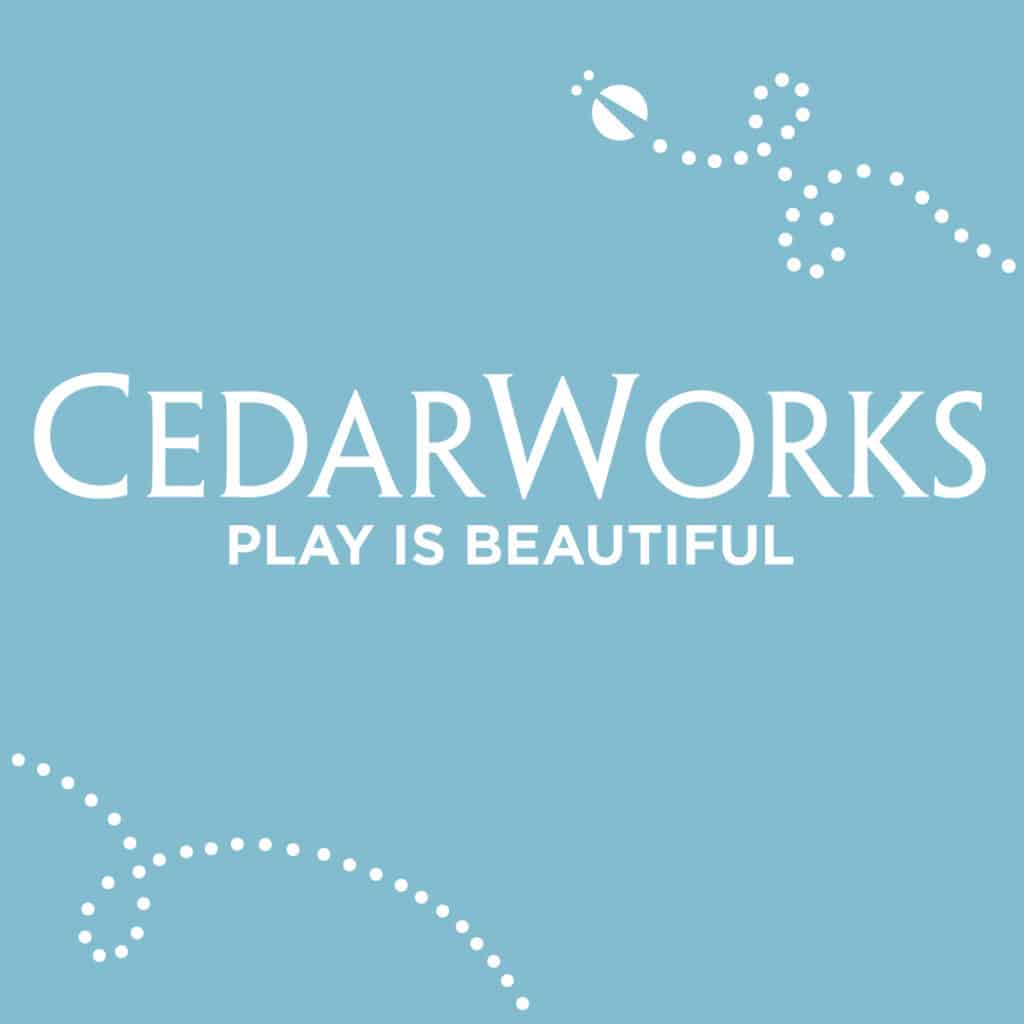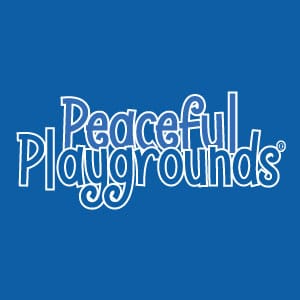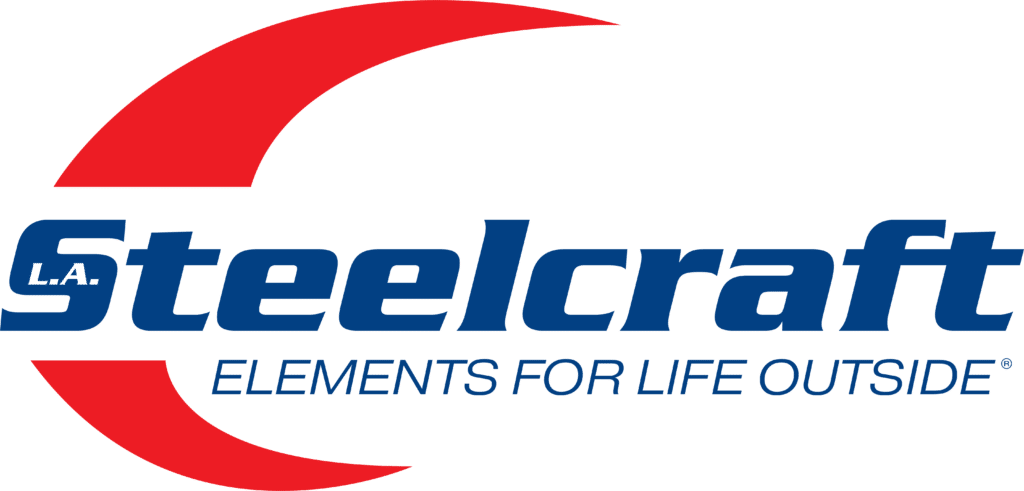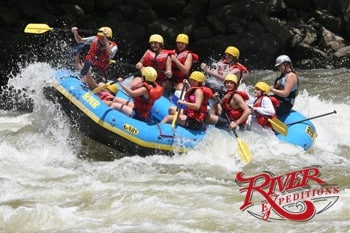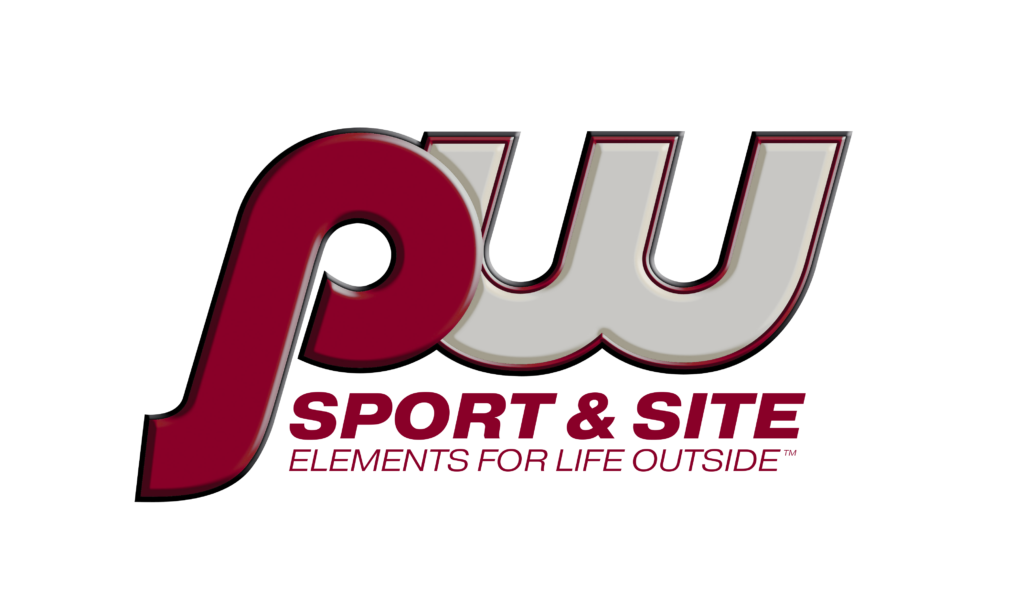By Jim Dobmeier
Have you found yourself on a decision-making committee that’s responsible for delivering the best possible synthetic athletic field for your school? If so, a bit of anxiety is par for the course.
The easy part of the decision is recognizing the many benefits of synthetics. Synthetic fields can be used virtually 24×7 with minimal, low-cost maintenance. To keep a natural grass field in excellent condition requires substantial maintenance.
Synthetic fields are known for outstanding playability even in the most extreme weather conditions, while even the best-cared-for natural grass surfaces can be ruined by just one bad weather event.
Any reasonable analysis considers the impressive utility of synthetic fields. There are documented cases of a single field getting more than 500 uses annually.
By spreading the initial investment over the expected life of a synthetic surfacing system, often projected at 10 to 12 years, the rationale for the investment becomes crystal clear.
Combine synthetic fields’ consistent playability over time with the number of uses and the expected life of the investment, and it’s easy to see why so many fields are being converted from natural to manmade.
There is a common misconception, however, that all new-generation infilled grass systems are alike, which creates the daunting task of differentiating systems and companies. The details about product components and the company that builds them into a finished field are critically important.
How familiar are you with the product?
While there is nothing in and of itself that’s difficult to understand about product components and finished systems, the challenge is in the lack of familiarity, an unusually high number of factors to consider, and only one central source of unbiased information—The Synthetic Turf Council. Most of what you’ll learn about varying attributes and company capabilities will come from those competing for the project, where there is a natural bias.
When you shop for a vehicle, much of what you know and like is based on firsthand experience. You drive, you ride as a passenger, and you look at other vehicles every day. The result is a reservoir of information to rely on and help refine your decision.
This contrasts sharply with “shopping” for a synthetic athletic field. Personal evaluation through use of the product is unrealistic, and the source of information—industry participants—often deliver conflicting information.
One company says rubber infill is better, while another says a rubber and sand mix is superior. One company pushes a monofilament fiber type, while their competitor says slit film fiber is best. Some say a resilient underpad that delivers stability and shock absorption is a tremendous choice, while others say a resilient underpad adds to the cost of the project and slows the athlete. Glued seams versus sewn. A four-part carpet backing versus a one-part, three-component backing. On and on the discussion goes.
An athletic field is both a major financial investment and a high-profile investment. From the athlete to the senior committee member, the field gets noticed, talked about, read about in the local papers, walked on, and played on.
When things go well, there is a great sense of community pride. When they don’t, there is frustration and embarrassment that puts a damper on what should be an exciting culmination of much effort invested and money spent.
Whether or not the project goes well is very much a function of the company behind the product components. Field building is specialized construction. Anyone who has been around the construction world realizes what a demanding process it can be. Schedules. Cooperation with other trades. Delivering what’s ordered. Quality craftsmanship. Communication. Challenges will arise on every project. It’s a matter of how those challenges are dealt with that matters most.
In the history of the field-building industry, some companies have not remained viable, with warranties outliving the companies. This concern should be heavily weighed when evaluating your partner project. And for a field that lasts 10+ years, a partner is required, not just a supplier.
What steps can be taken to ensure a sound decision?
Hire an experienced firm (architect, engineer, or consultant) that has worked on a number of synthetic field projects with a similar scope of work. Try to find a firm that has worked with several different synthetic turf builders so they have a basis for comparison.
In conjunction with this firm, emphasize the importance of sound base construction through the specification and the experience requirements for those who will eventually build the base. The final product will only be as good as the base on which it is constructed.
When evaluating turf builders, allow ample time for presentation, questions, and answers. All too often, too little time is scheduled. The time spent evaluating companies will save time on the project in the long run and ensure the right companies and systems are specified.
Have those who are oriented toward administration and accounting duties scrutinize the long-term viability and strength of the company. Audited financials, insurance certificates and policies, and tax compliance are excellent tools. Follow up by contacting clients on the company’s reference list. Ask the company to point out projects that presented major challenges and explain how they were handled.
And, throughout the process, apply common sense. If something doesn’t seem to make sense, explore the subject further. You will not only reveal the correct answer, but might also expose something that’s not in the best interest of the school.
Lastly, don’t be penny-wise and pound-foolish. Smart buying is all about value—getting the most for your dollar. There is always latitude to make a selection on more than just price. Establish your position up front by educating yourself and writing a strong specification, and demand that those who bid are held to it.
Remember, long after the installation crew has departed and the articles in the local newspaper are forgotten, what remains are the components that make up the surface and the company that stands behind it. That’s what the athletes play on and the administrators have invested in. Take the time to choose your synthetic field partner wisely.
Jim Dobmeier is president and founder of A-Turf, Inc. Synthetic Turf Athletic Field Builder, www.aturf.com.


